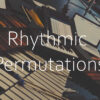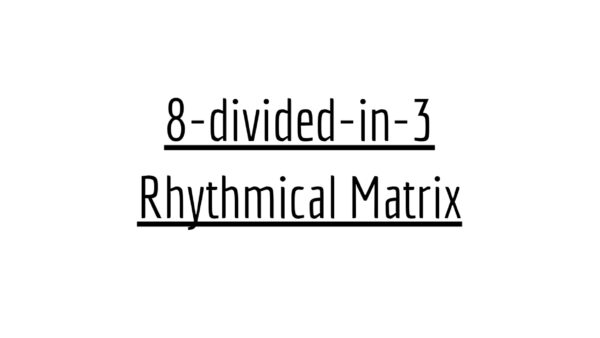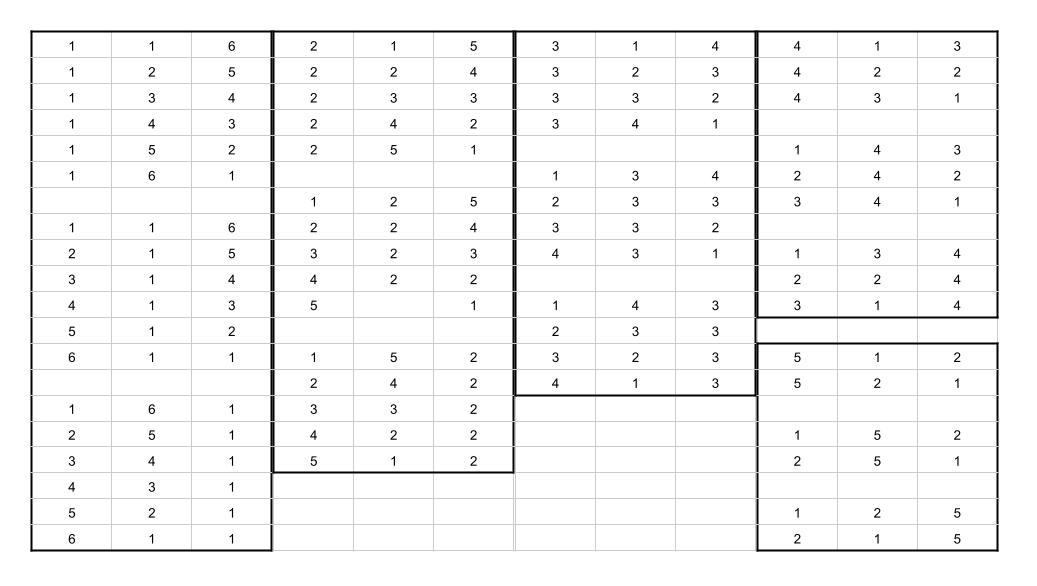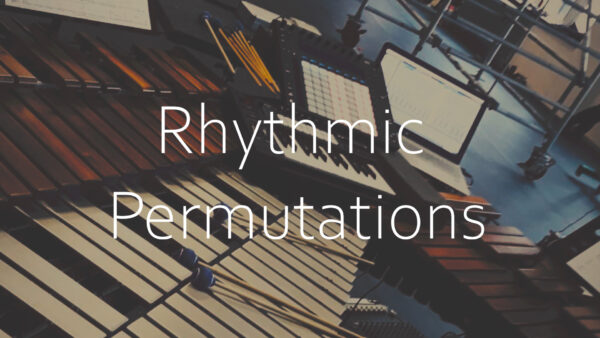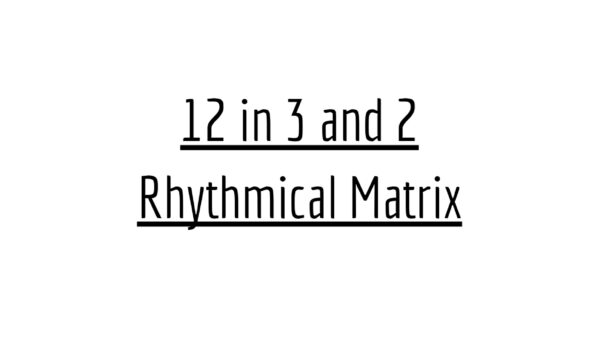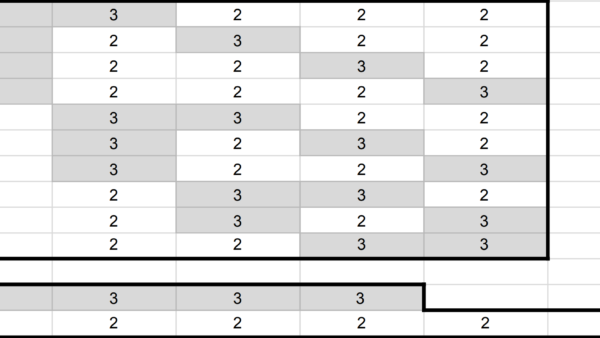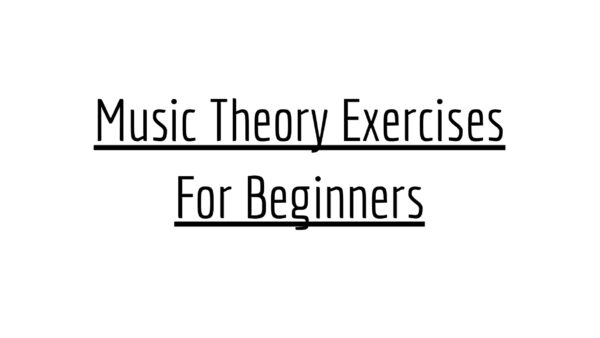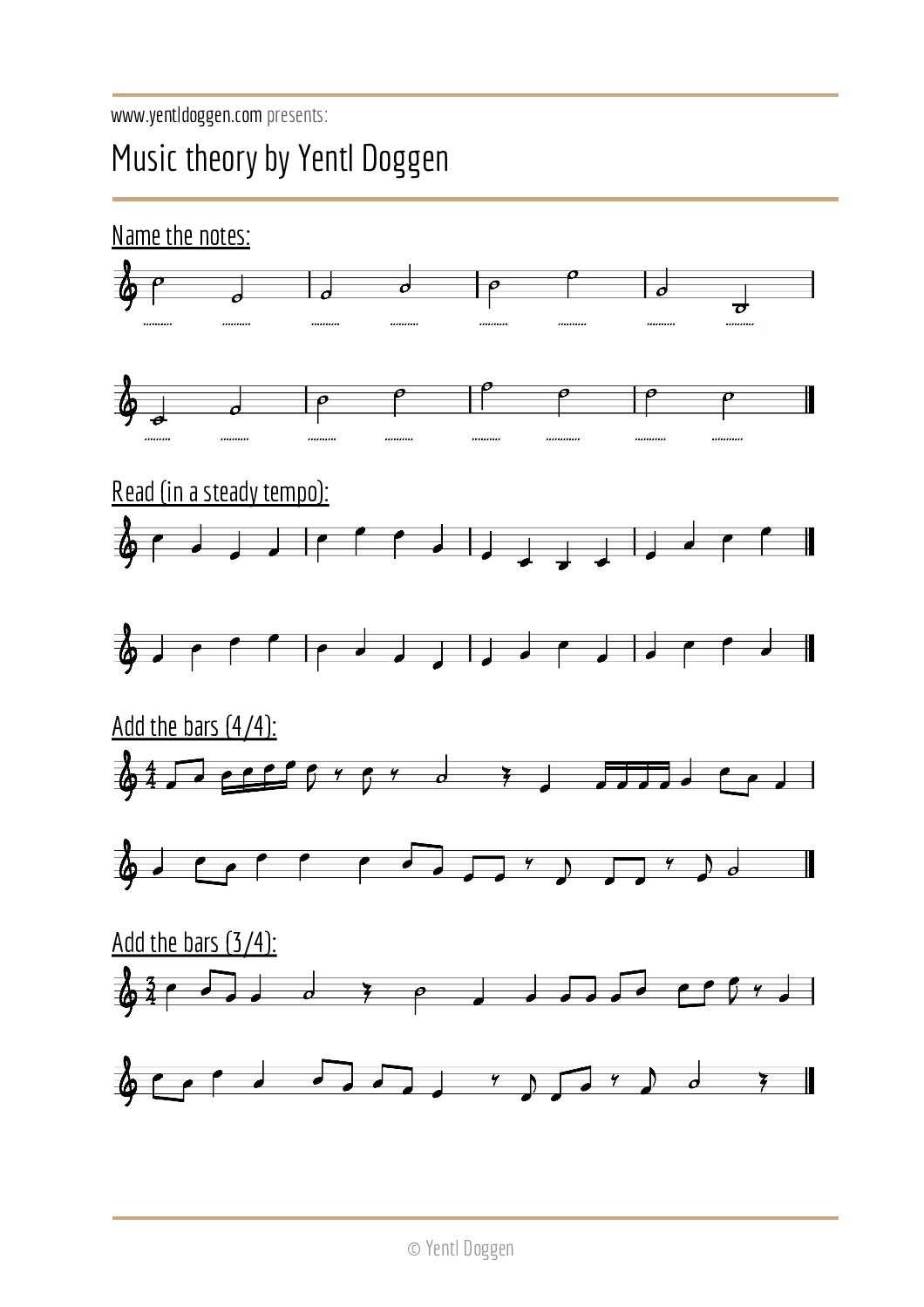6-dotted Permutations | PDF download
€0,00
The 6-dotted permutations have multiple uses. They are helpful within an uneven time signature for a 3/4 or a 6/8 time setting. They both use these dots as eight notes but with a different subdivision underneath. The most prominent use is triplets when used in an even time setting, making them ideal for jazz-related exercises.
Upon ordering these 6-dotted permutations, you get a downloadable digital link containing unlimited book copies. The link will be valid for 365 days.
What are permutations?
Technically speaking, permutations and combinations are the same. Within the systems below, the black dots go over all combinations possible enclosed by the pre-set amount of white dots. For example: if there are three white dots, there are three combinations with a single black dot: 1, 2 and 3. If we add a second black dot, there are three combinations with double black dots: 1-2, 1-3 and 2-3. Adding a third black dot means that all white dots are filled. Therefore, the total amount of combinations in a 3-dotted system will be seven, excluding the blank combination. Now, mathematically speaking, the difference between permutations and combinations is that combinations can occur randomly. Consequently, permutation means that all combinations follow a particular order. All combinations below start on the first white dot. Afterwards, the first one will move one step once all first dot combinations occur, creating permutations.
6-dotted Permutations:
At the start of 2020, this website got a well-deserved make-over. As my old website only focused on music projects, it needed a separate section for travelling and one for the educational posts. Most drum exercises and music lessons published on this website use permutations. This post is, therefore, pretty essential to get you started. At this point, only the 4, 5 and 6 systems are available as a free download. In the future, I would like to write a Permutations book with different variations up to 12-dotted permutations.
The primary key in using these rhythmical systems is to go over all different variations in between none of the coloured dots and all of them. Every exercise starts with a single dot moving over every single possibility. Afterwards, the system goes over the variations with two dots, three dots, and more until all cycles are complete. As a result, these rhythmical systems include every rhythmical possibility within the desired rhythmical amount



